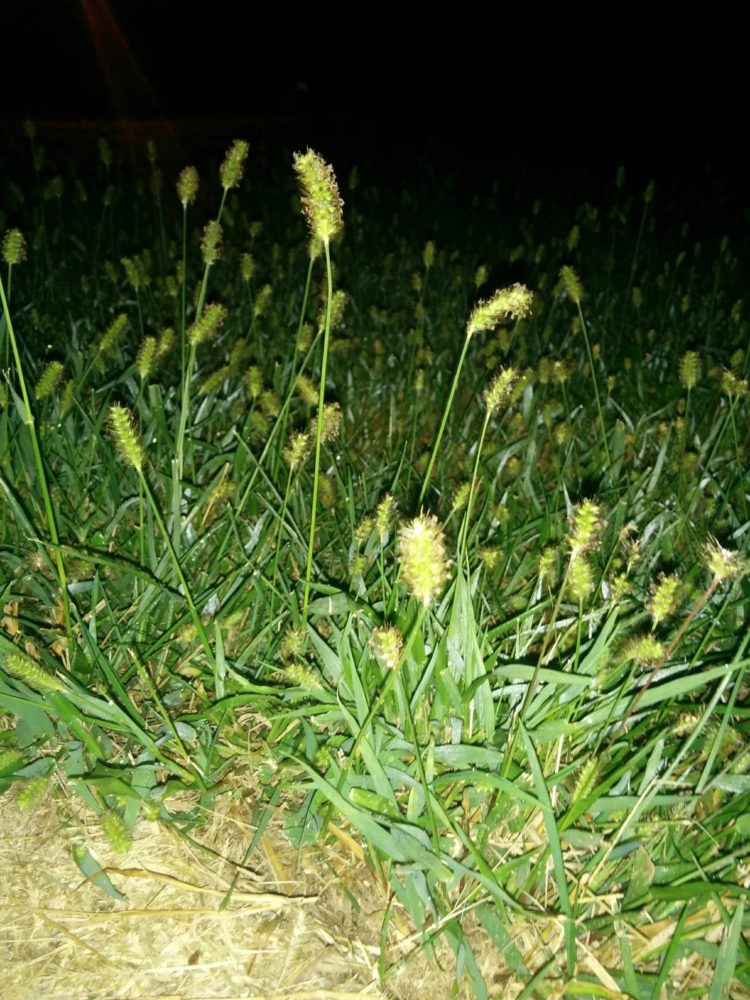Foxtail grass are yearly summertime lawns.
3 species prevail in the United States: yellow foxtail (Setaria pumila or Setaria glauca), environment-friendly foxtail (Setaria viridis) and also giant foxtail (Setaria faberi).

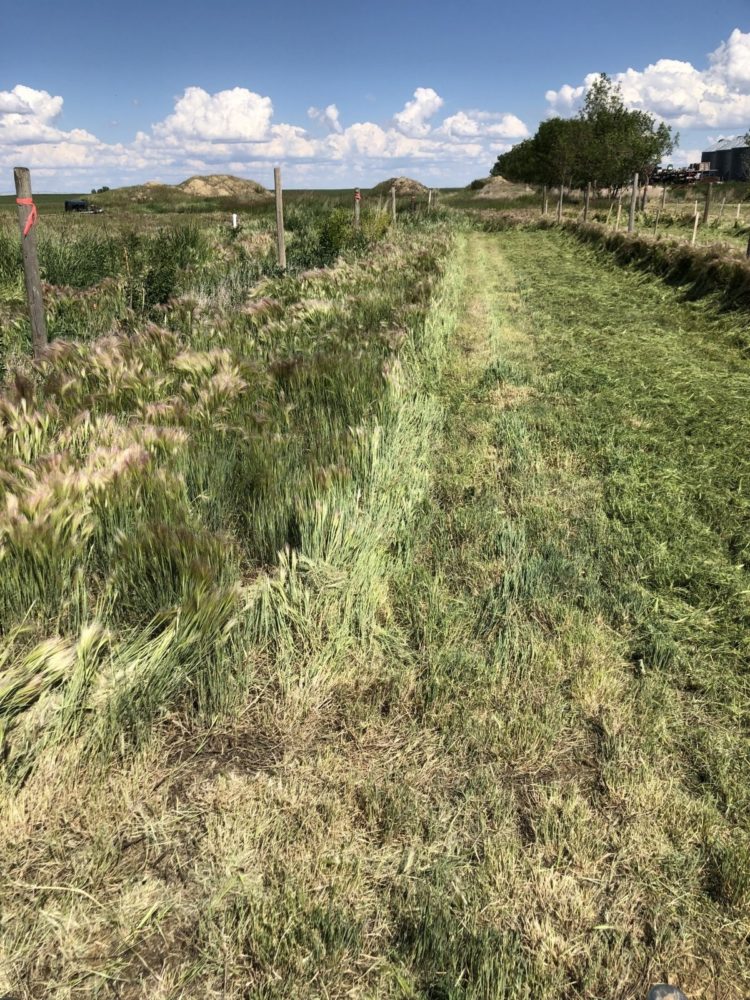
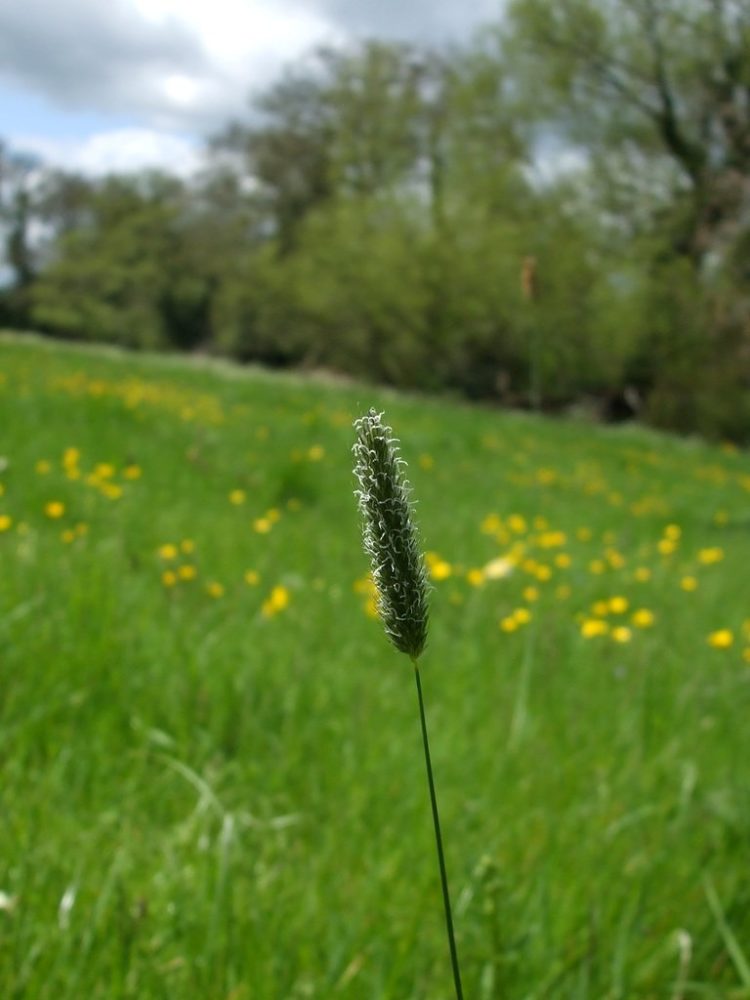
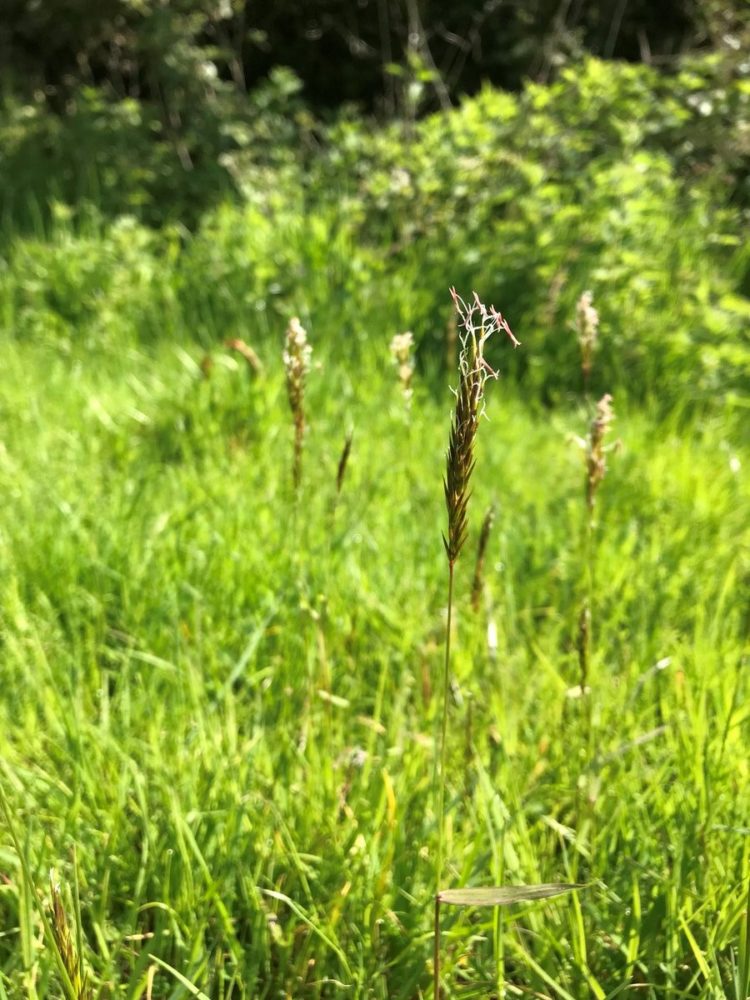
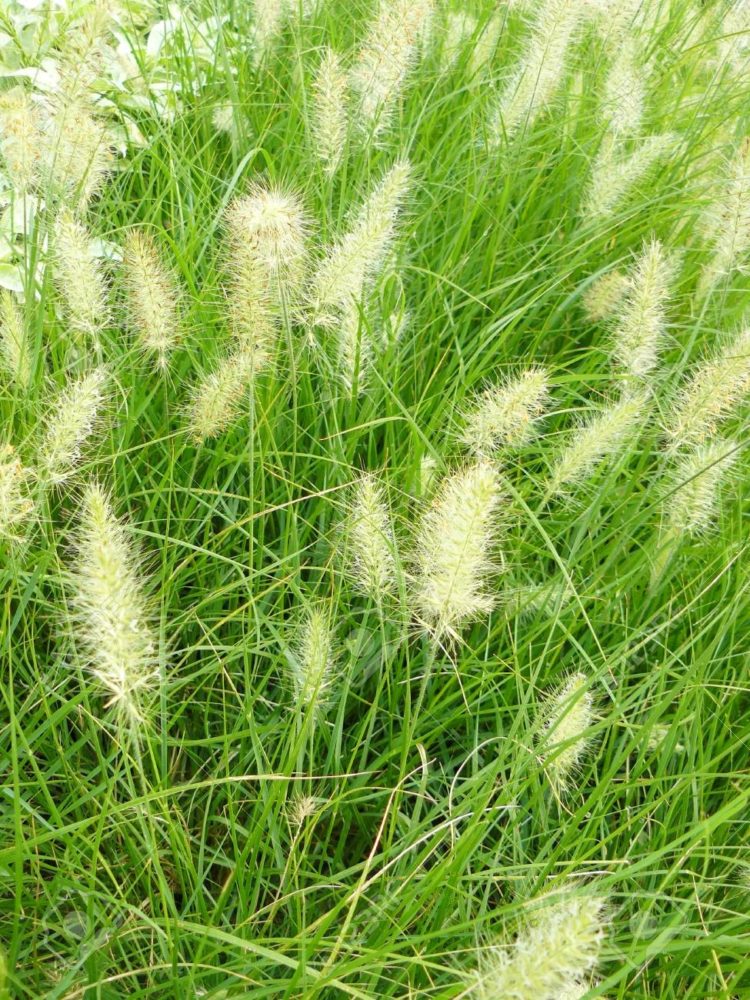
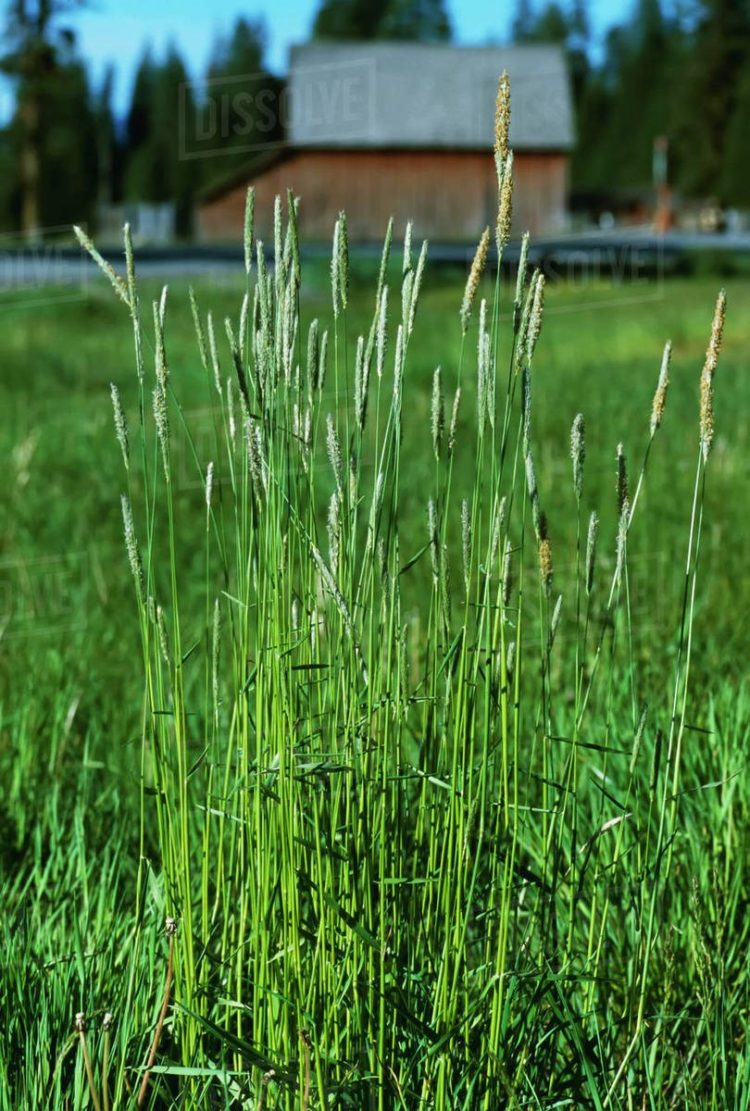
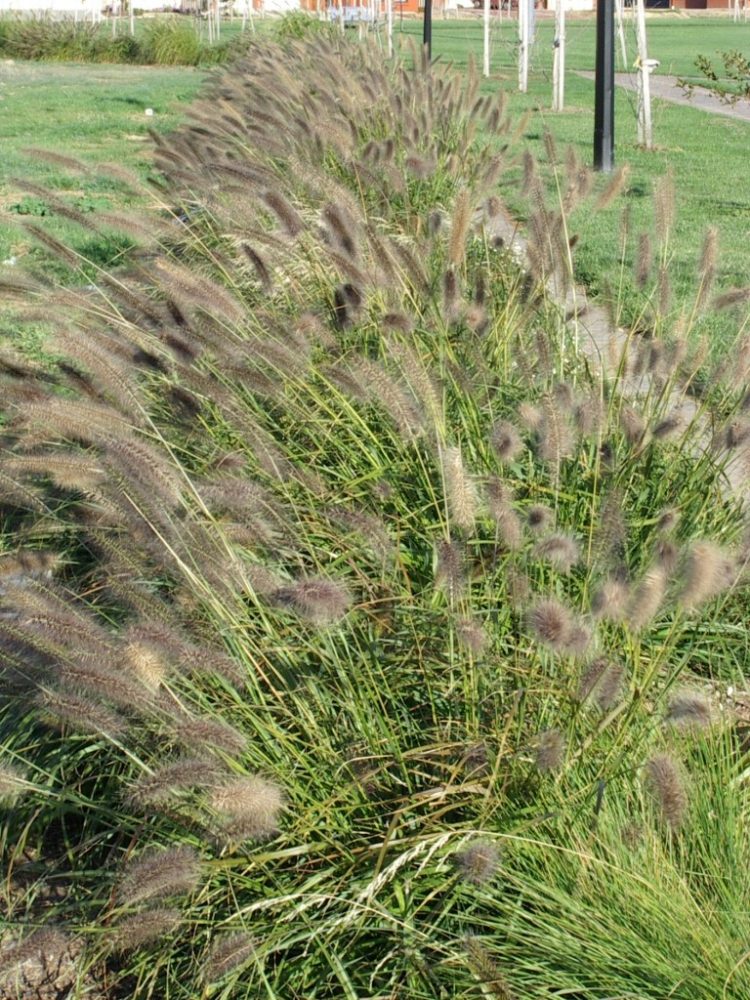
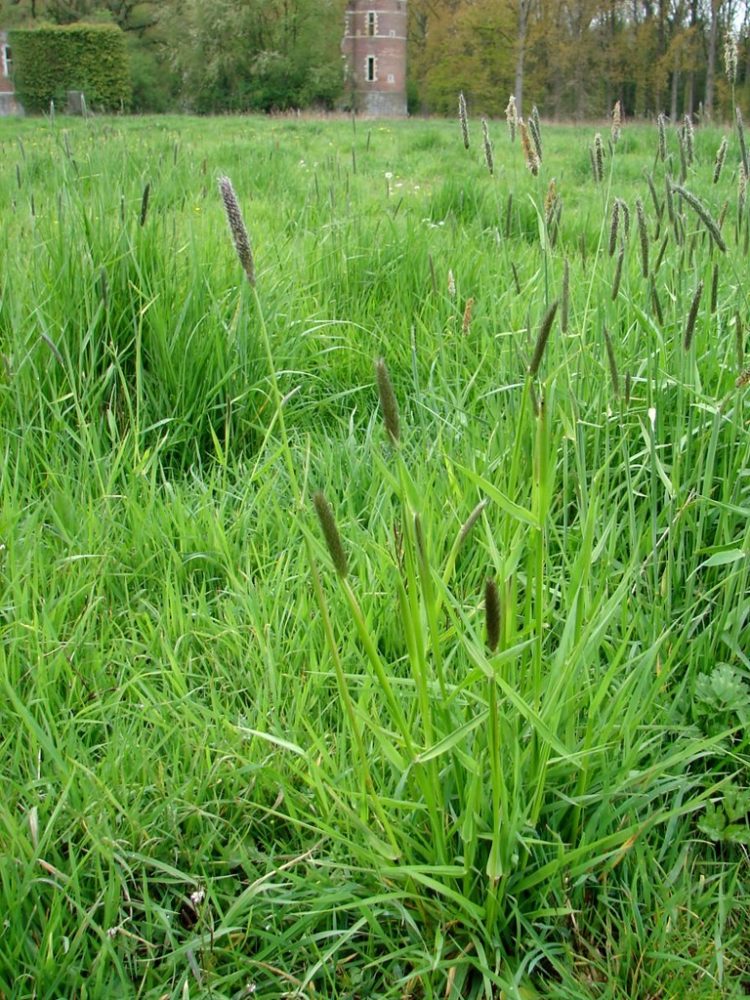
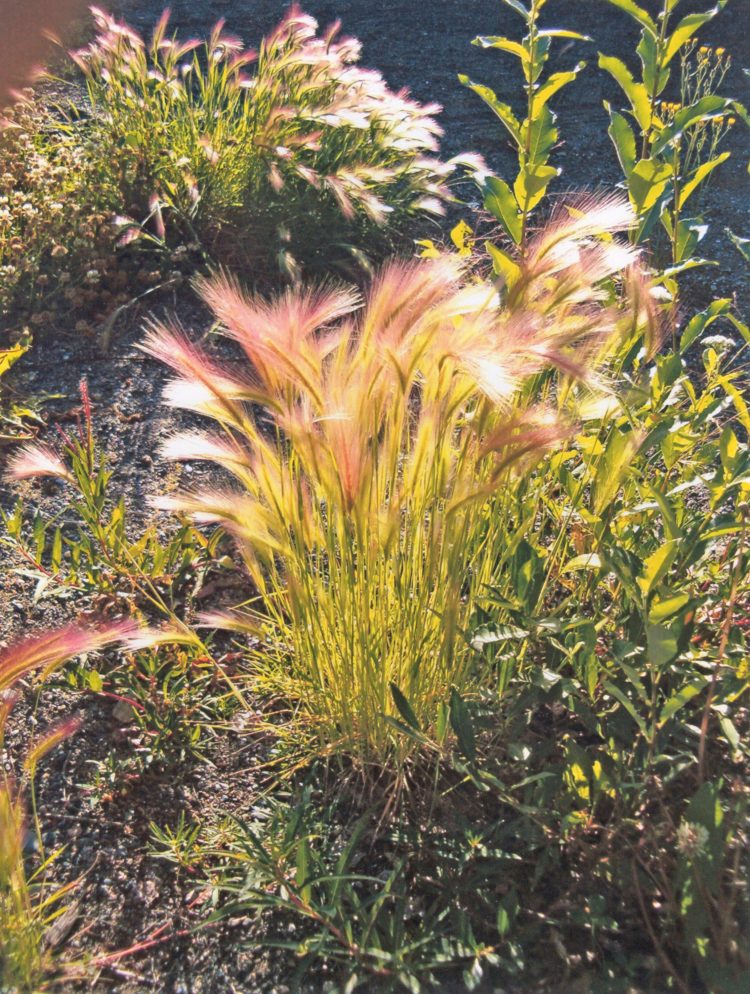
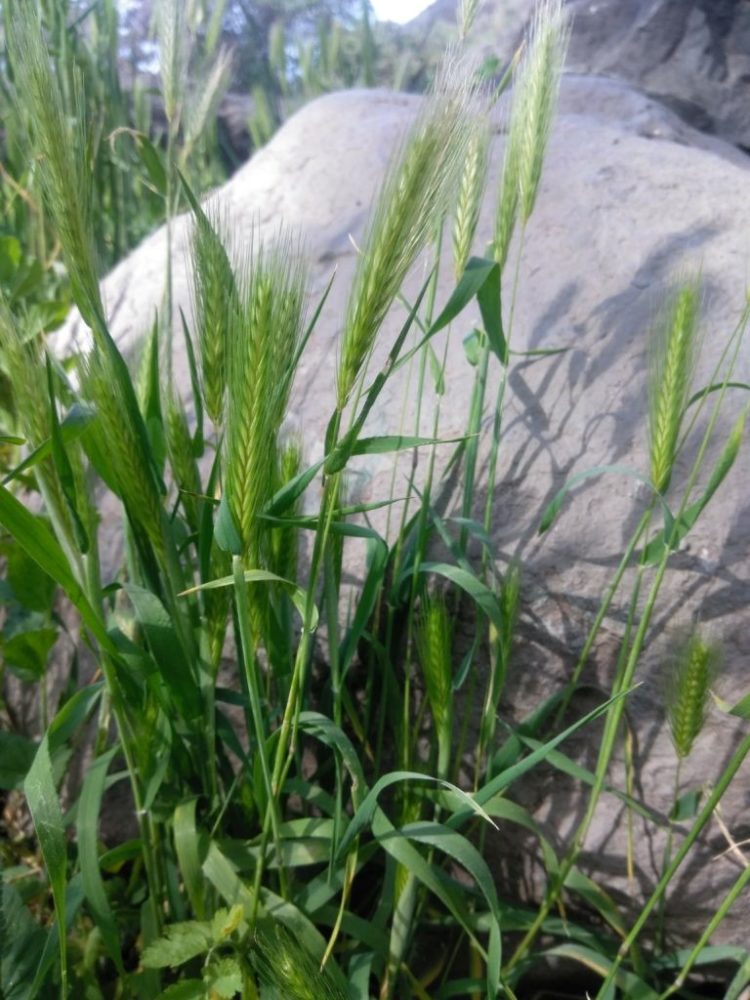
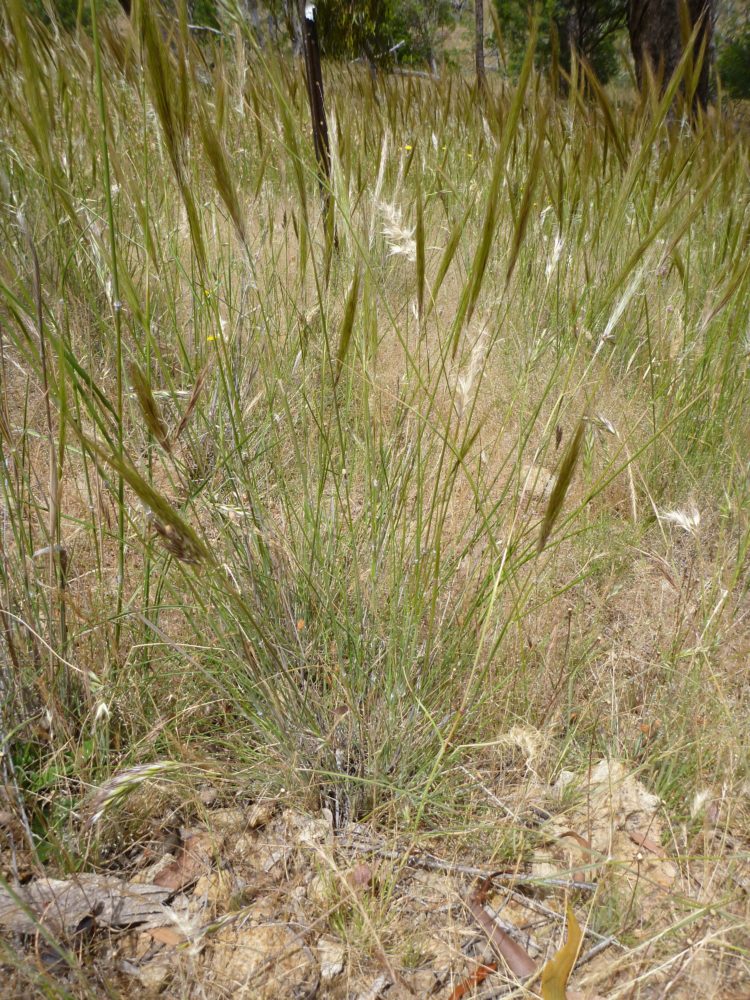

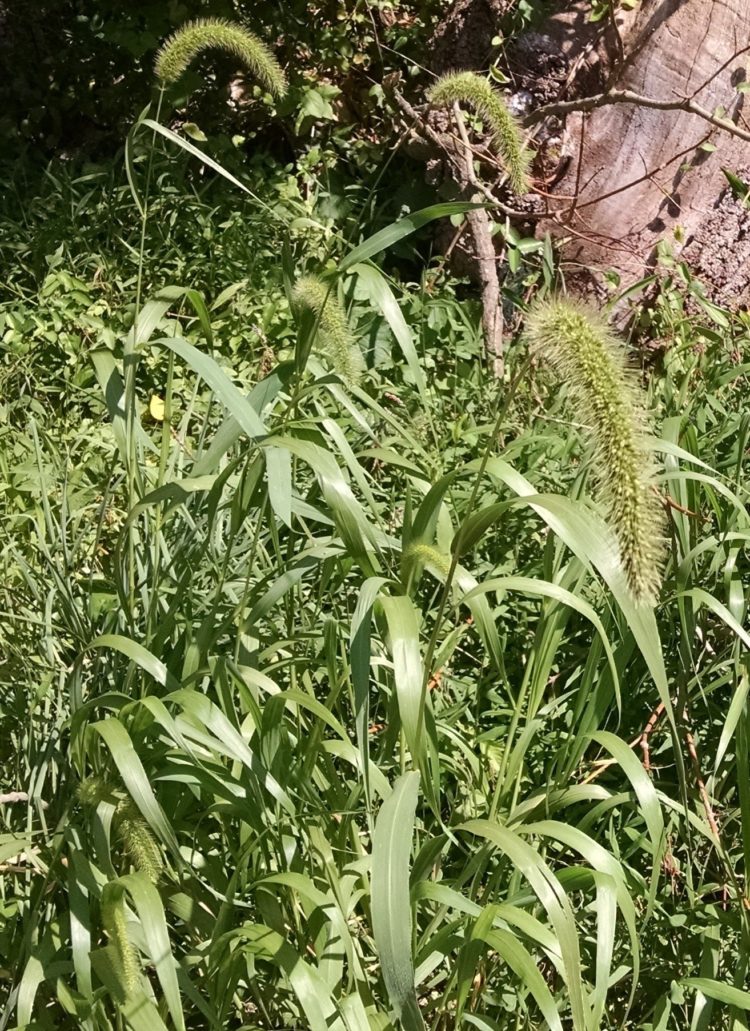
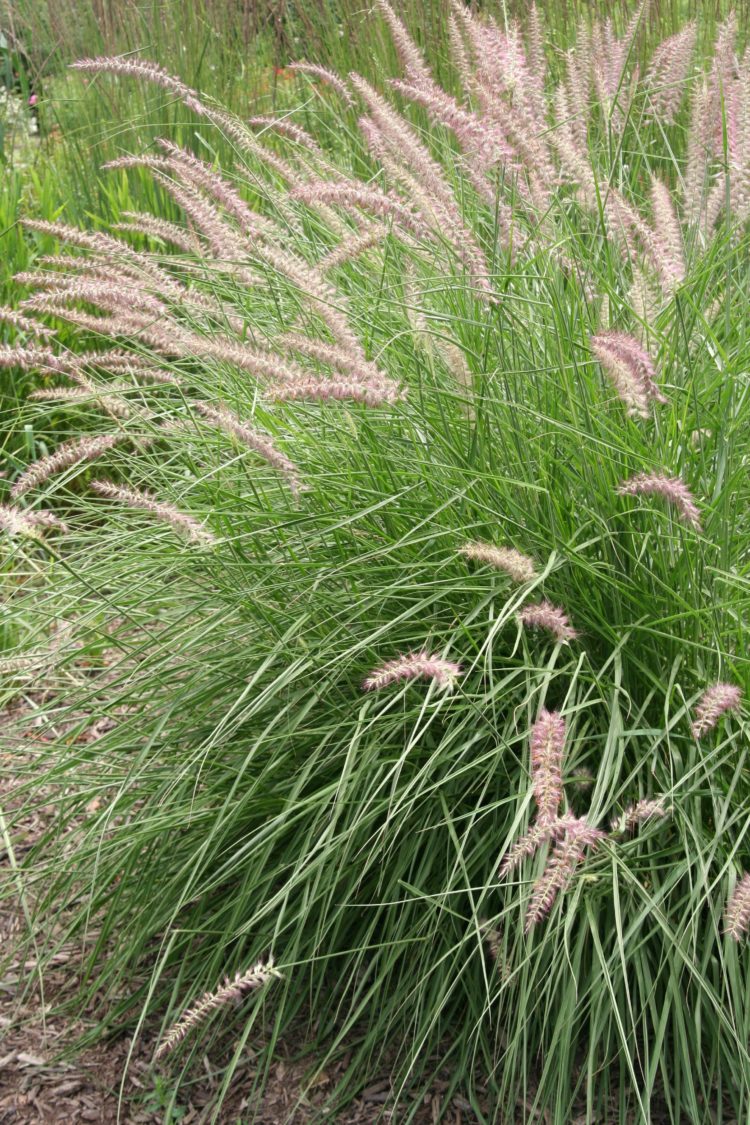

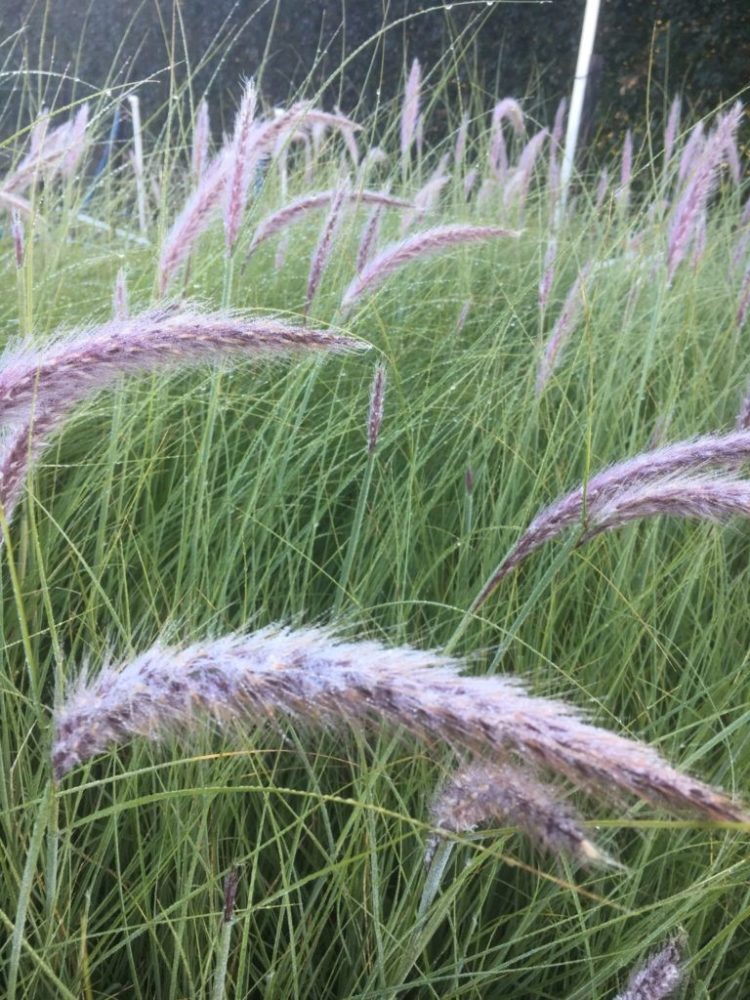


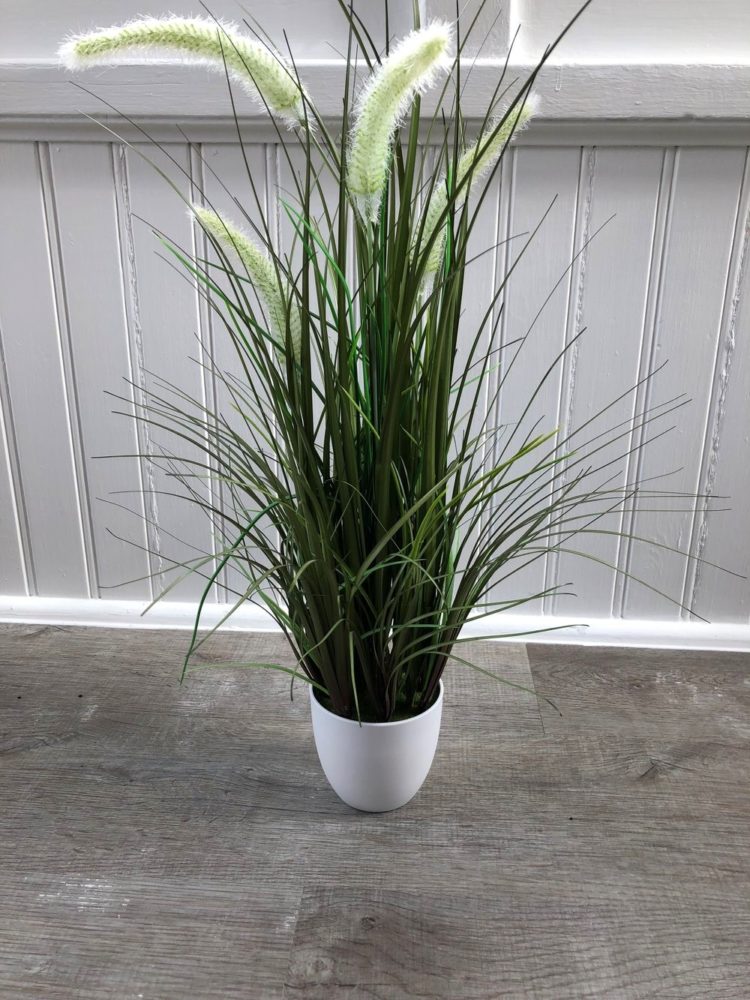


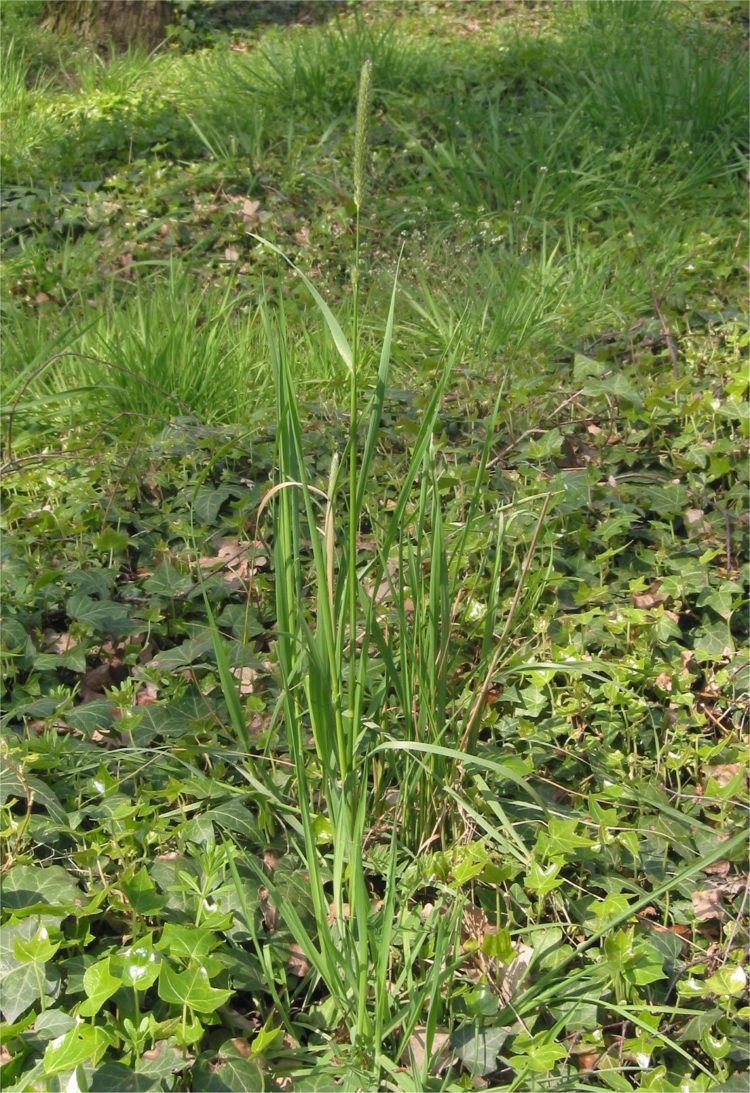

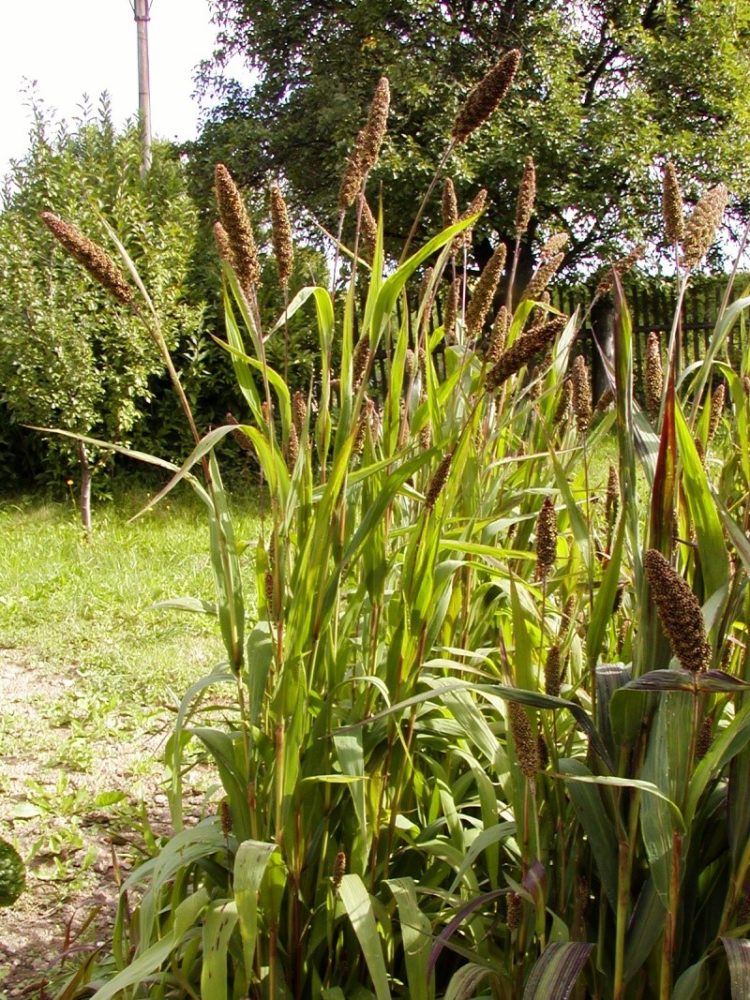




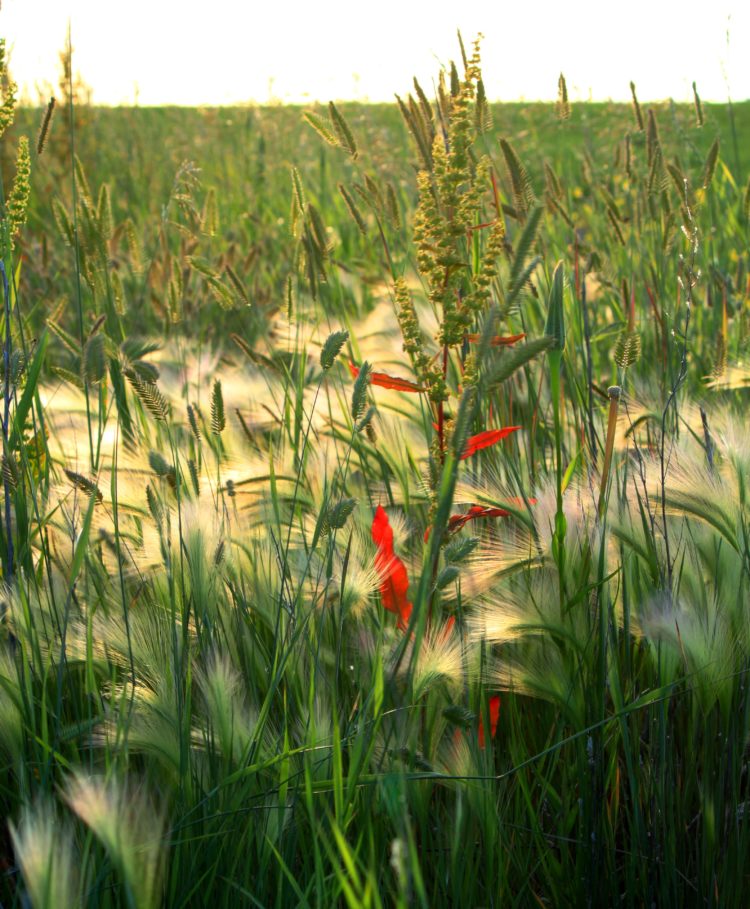

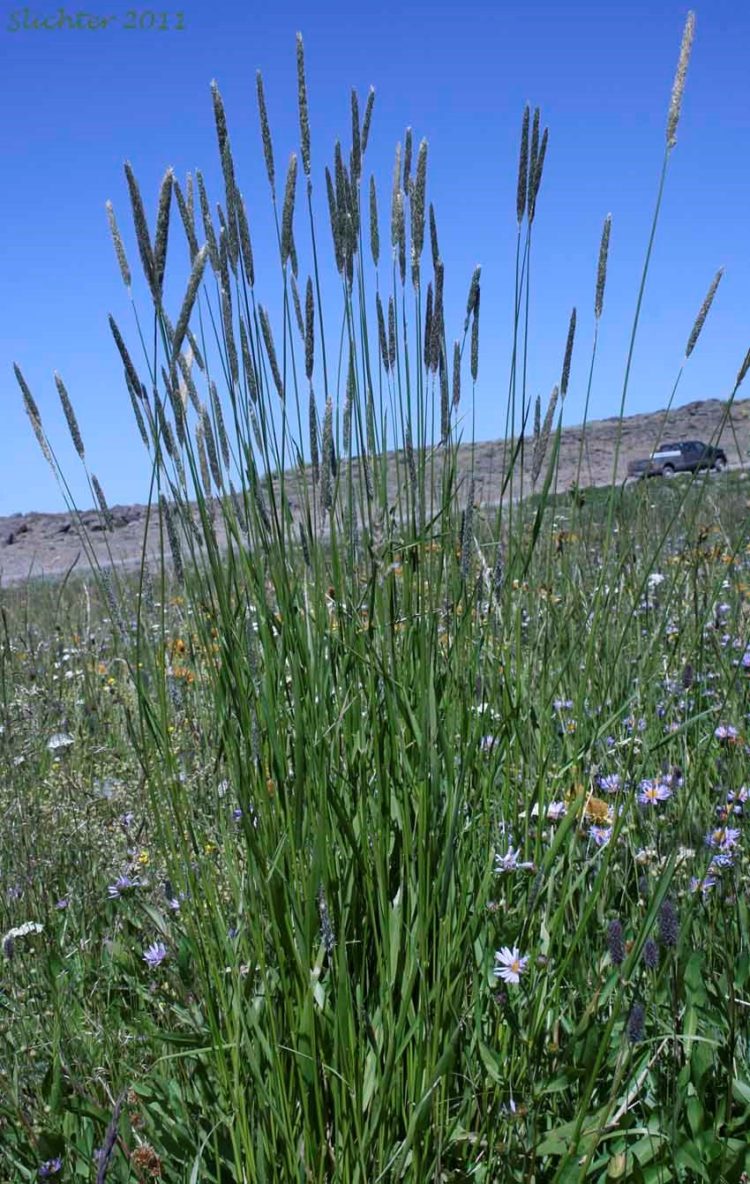

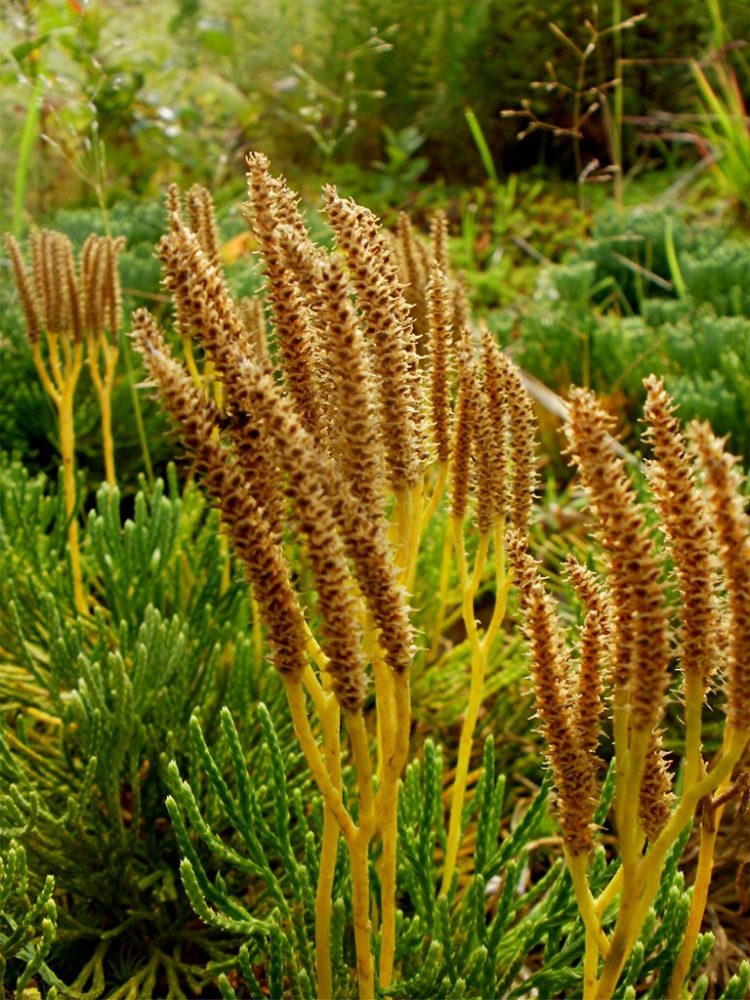

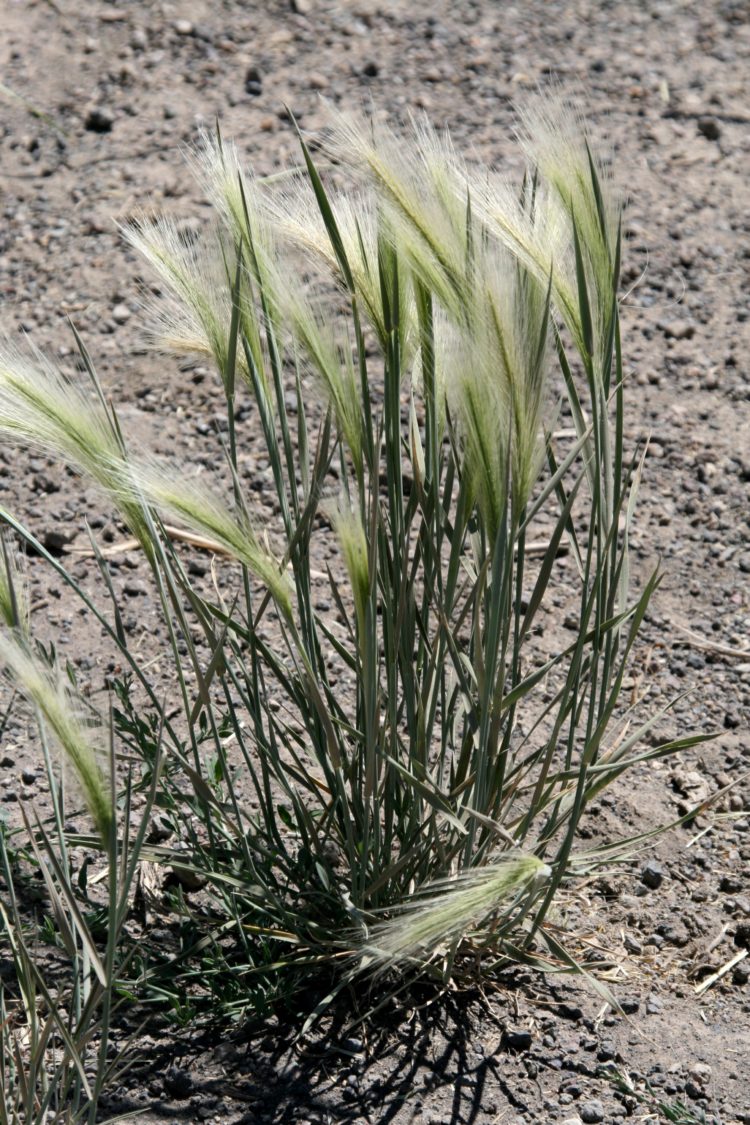
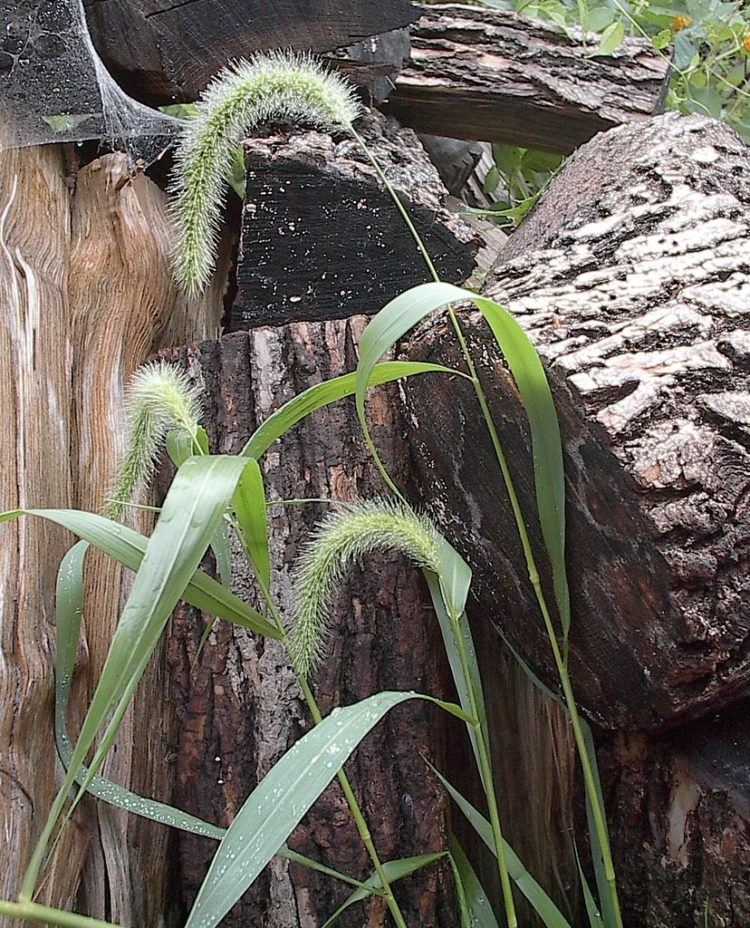


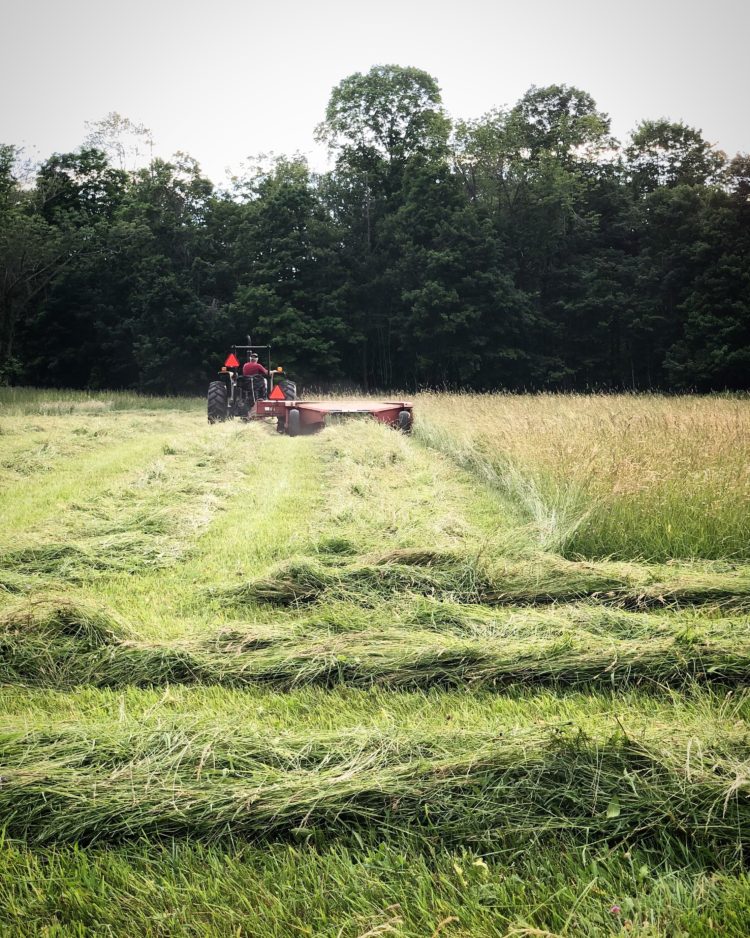






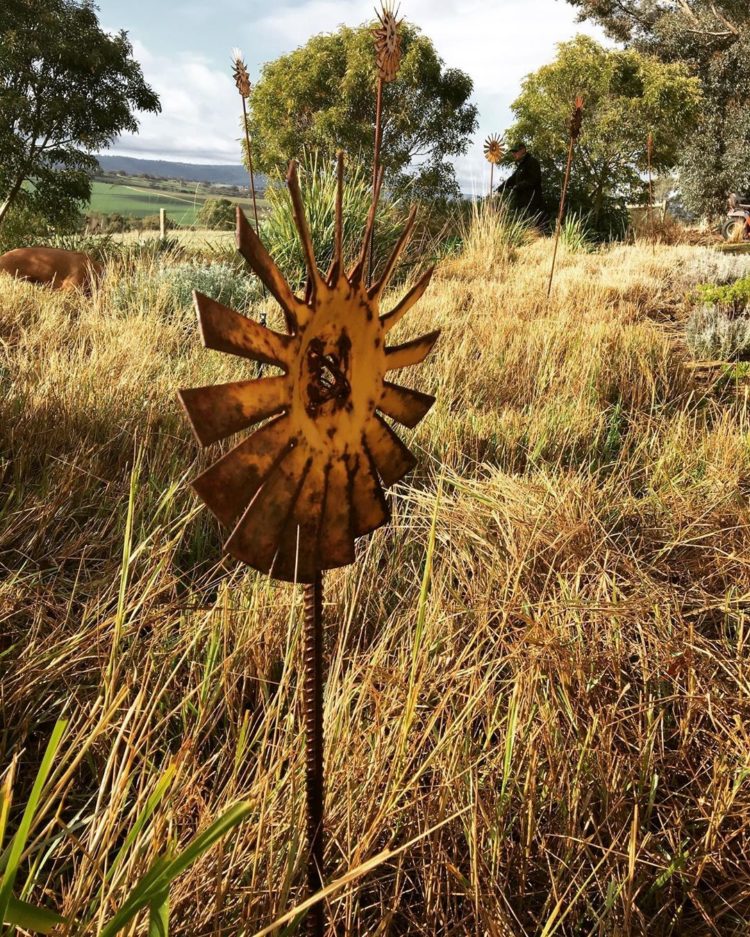


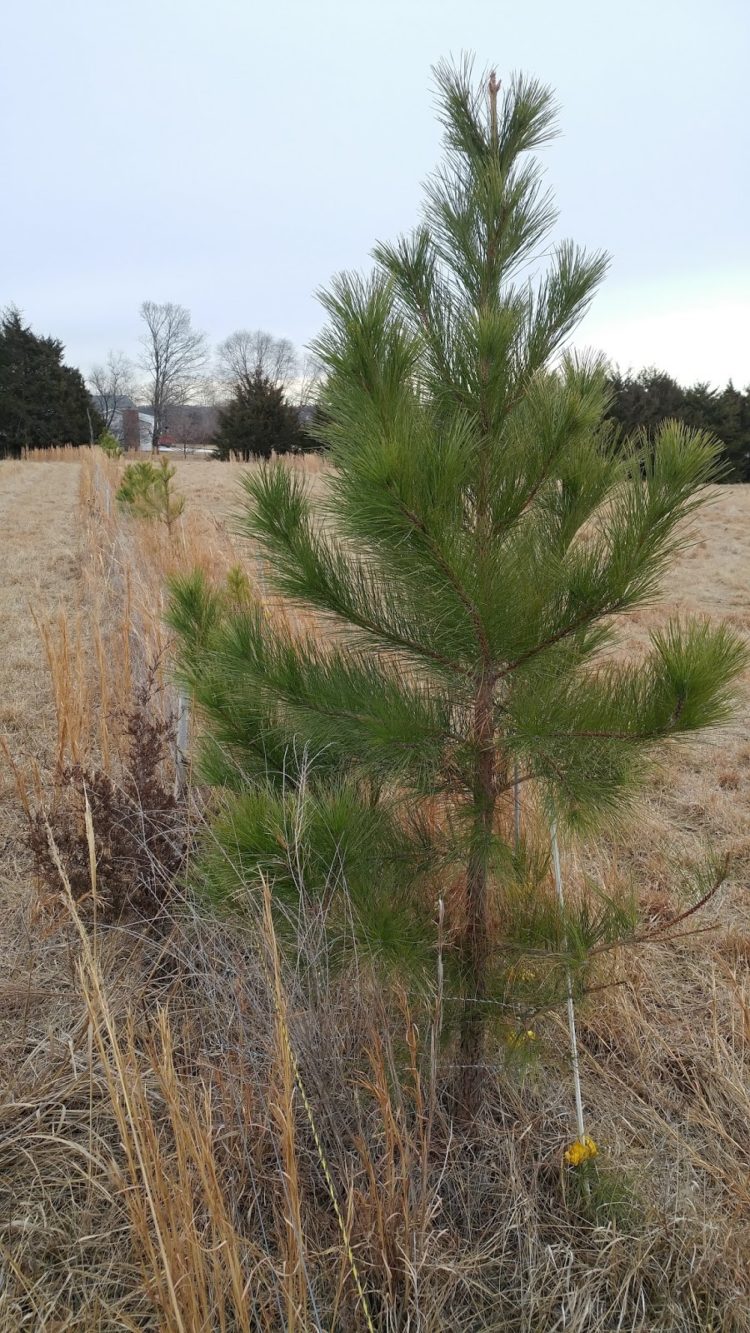
These yards have numerous structural resemblances as well as share a particular brush-like seed head that resembles the tail of a fox.
Foxtails typically are major weed issues in grass, yards, cropland and orchards.
They multiply rapidly since they generate a lot of seeds.
To determine as well as differentiate foxtail grasses from other lawns, note where they expand and examine their stems, blades and seed heads.
Table of Contents
Habitat and also Distribution.

Foxtail grasses generally grow in clumps, and also environment-friendly and also yellow foxtails grow 1 to 3 feet tall, while giant foxtail ranges in between 3 and 7 feet in height.
The habitat for foxtails is in disrupted areas, such as croplands, gravelly areas along roadways, and also splits in pathways as well as car park that reveal bare soil.
Foxtails like fertile dirt, however will sometimes grow in bad dirt.
The grasses are less likely to expand in natural undisturbed locations.
You can find yellow and green foxtails all throughout the United States, while gigantic foxtail predominates in the southeast.
Collar Region.
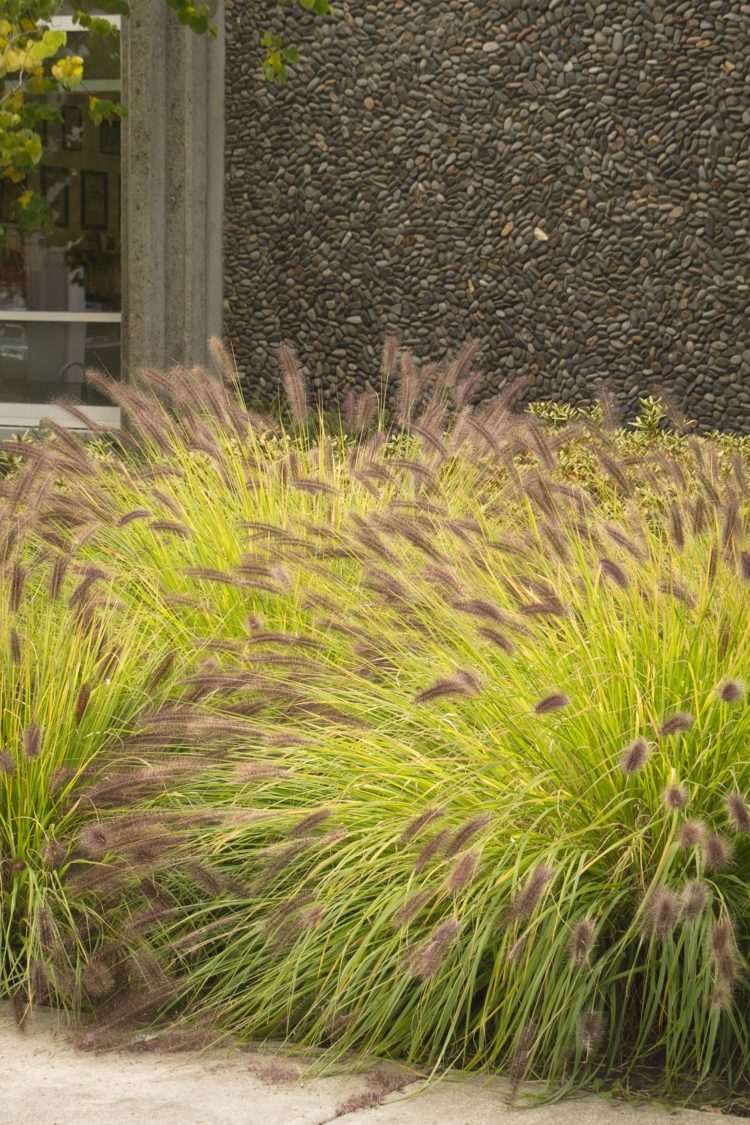
Exam of the collar region helps you determine as well as distinguish various sorts of yards.
The stems of lawns are confined by a sheath and the collar area is the point where the sheath meets the lawn blade.
The time contains a slim membranous forecast, called a ligule, that defines as well as can separate turfs.
Draw the yard blade somewhat back to get a great take a look at the ligule.
The ligule of foxtail turfs includes an identifying edge of short thick hairs.
Turf Blades.

Foxtail blades are level as well as array from a size of 1/4 to 1/2 inch in green as well as yellow foxtails.
The blades of giant foxtail are 1/2 inch large or larger.
Both yellow and giant foxtails have hairs on the upper surface areas of their blades, while environment-friendly foxtail has a smooth blade surface.
Seedheads.

The seeds in foxtails establish from small flower heads that are connected to bristles.
Yellow foxtails have seedheads approximately 3 inches long and have short, crude bristles.
Eco-friendly foxtails have soft, sleeping seedheads approximately 6 inches long, while large foxtails have 3- to 7-inch seedheads that often tend to sag.
Bristles on environment-friendly as well as large foxtails are longer than on yellow foxtails.
The flowers of foxtails are cross-pollinated by wind, as well as when the seeds develop, they drop to the ground and also are spread to various other locations by wildlife after the animals ingest the seeds.
